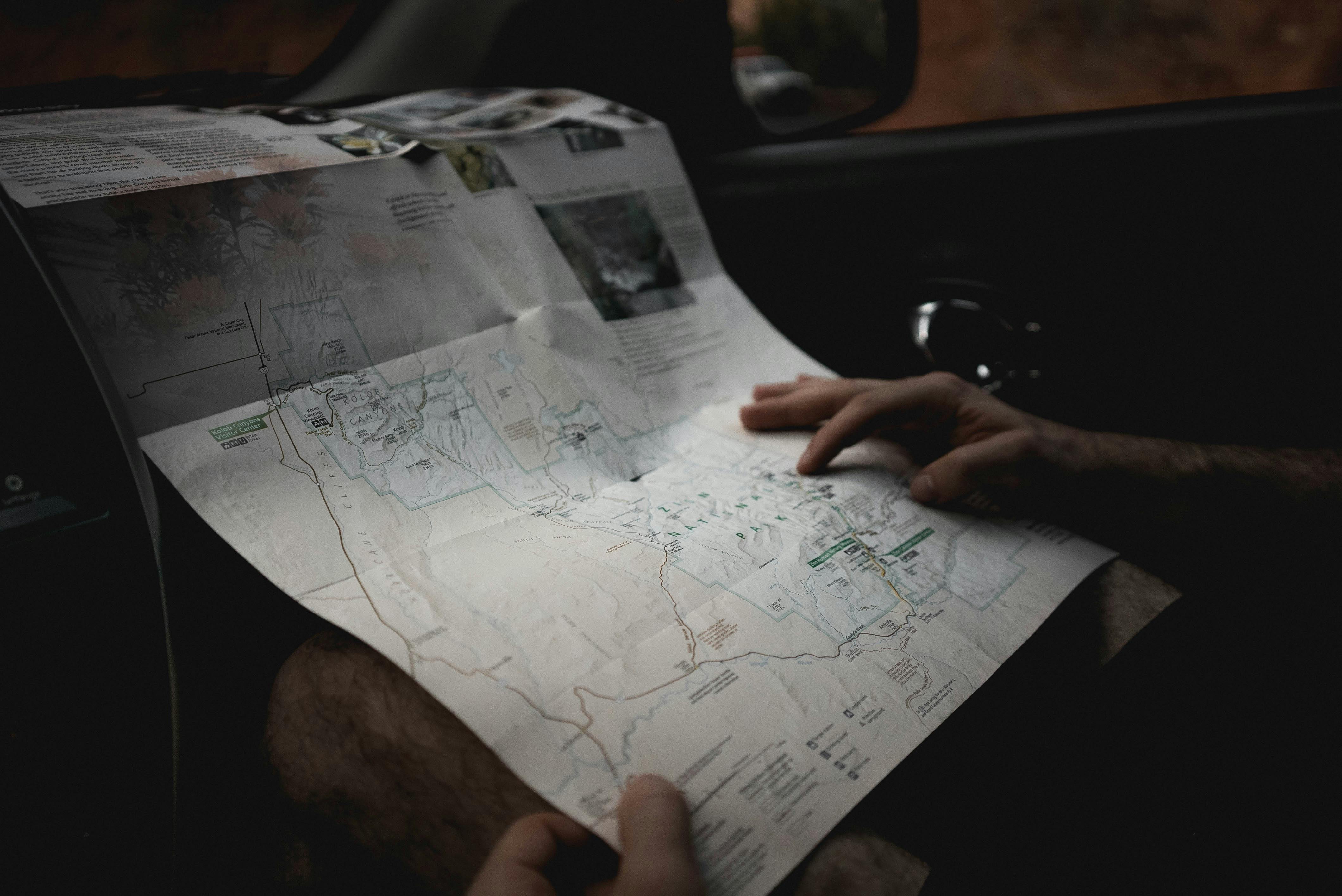Fall is the time of year when you need to decide if your camping season is over. Parking your RV for the winter requires some preventative measures, so it will be ready to go next spring. You’ll also be glad you did when you don’t have expensive repair bills due to the damaging results of winter. Now the question is how do you prepare for winter and who will? If you’re like me and you like to perform routine maintenance on your RV, not to mention saving a few dollars, the “who” part is answered. As for the “how to” part, this checklist is the same one I used to make our winterizing and storage video. I feel like it’s the easiest and most effective way to winterize your RV.
Before you begin, there are a few items that you will need. These items can be found at most RV parts stores:
* Non-toxic RV antifreeze (amount depends on the design and length of the plumbing lines. Typically 2 to 3 gallons is sufficient).
* A water heater bypass kit, if not already installed.
* One set of water pump converter or tubing to connect to the inlet side of the water pump.
* Basic hand tools for removing drain plugs.
Now we can winterize the RV water system to protect it from freezing. Be sure to read your owner’s manuals for winterizing guidelines specific to your unit. Follow the steps below that apply to your RV.
* If you have inline water filters, remove and avoid them before you begin.
* Drain the fresh water holding tank.
* Drain and wash the gray and black holding tanks. Clean the black tank with a wand. Lubricate the termination valves.
* Drain the water heater. CAUTION: Never drain when hot or under pressure.
* Open all hot and cold water taps; don’t forget the toilet valve and the outside shower.
* Locate and open low point drain lines. Using the water pump will help flush out the water, but turn it off as soon as the system is drained.
* Recap all drains and close all taps.
* Bypass the water heater. If you don’t have a bypass kit installed, the water heater will fill with antifreeze before going through the water lines, wasting six gallons of antifreeze.
* Install a water pump converter kit or disconnect the inlet side of the pump (the line coming from the fresh water holding tank) and connect the pump line to one gallon of RV antifreeze.
* Turn on the water pump and pressurize the system. Starting with the closest faucet, slowly open the hot and then cold water valves until antifreeze appears. Replace antifreeze jar as needed.
* Repeat on all taps from the closest to the furthest. Don’t forget the outside shower.
* Flush the toilet until antifreeze appears.
* Turn off the water pump and open a tap to release the pressure. Go to the city water inlet.
* Remove the small screen over the inlet and press the valve with a small screwdriver until you see antifreeze. Replace screen.
* For one cup of antifreeze for each drain. Pour a few cups down the toilet and flush them into the holding tank.
* If your water heater has an electric heating element, turn it off. This will protect the item if the unit is plugged in while it is being stored.
* Make sure all taps are closed.
* Consult owner’s manuals to winterize ice machines and washers.
Your RV is prepared for winter
This checklist is a basic guide that was designed to help you winterize your RV. As with many other checklists, it would be impossible to cover all RVs. It is extremely important that you read your owner’s manuals for winterizing guidelines specific to your unit.
Happy Camping!
frames
Copyright 2006 by Mark J. Polk, Owner of RV Education 101

